Avoiding Common Mistakes When Using a Golf Ball Retriever
Selecting the Right Type of Golf Ball Retriever
Understanding the nuances of golf ball retrievers is essential for every golfer. The market offers various types, from traditional telescopic retrievers to mechanical ones with grabber mechanisms and water-activated retrievers.
One must match the retriever type to specific course conditions, considering factors like terrain and hazards. For those favouring personalization, aligning the choice with individual preferences and playing style ensures optimal performance.
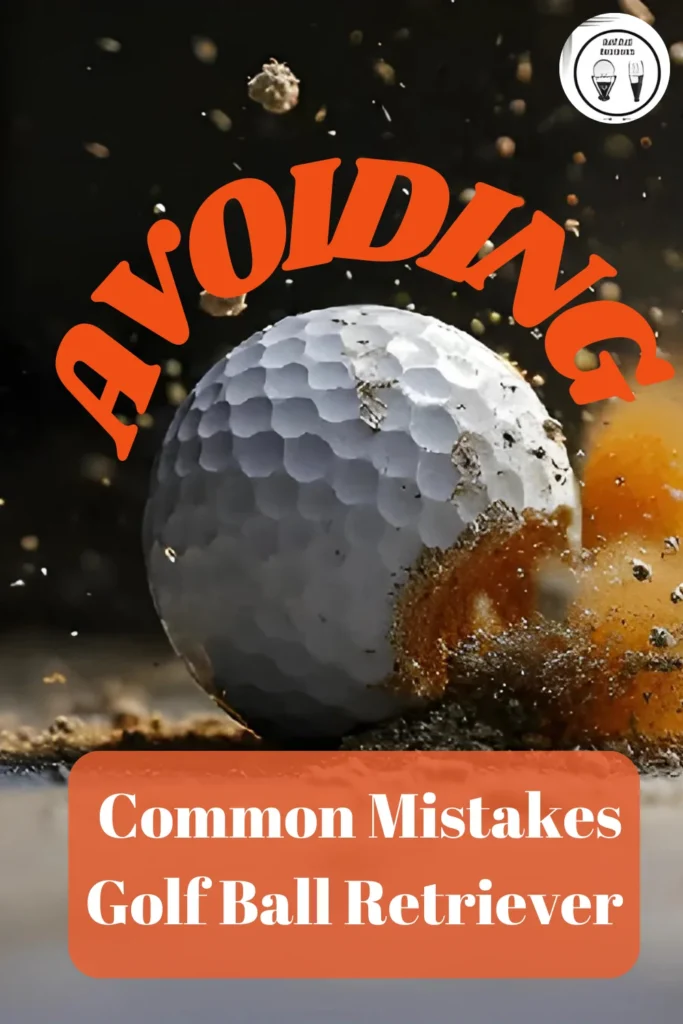
Telescopic Golf Ball Retrievers
Telescopic golf ball retrievers, a staple on the course, are characterised by their extendable poles. These retrievers, such as the Callaway golf ball retriever, offer versatility and ease of use.
Choosing a telescopic retriever involves understanding the materials used in construction, such as lightweight yet durable aluminium or sturdy fibreglass. The collapsible design enhances portability, making it a convenient tool for golfers.
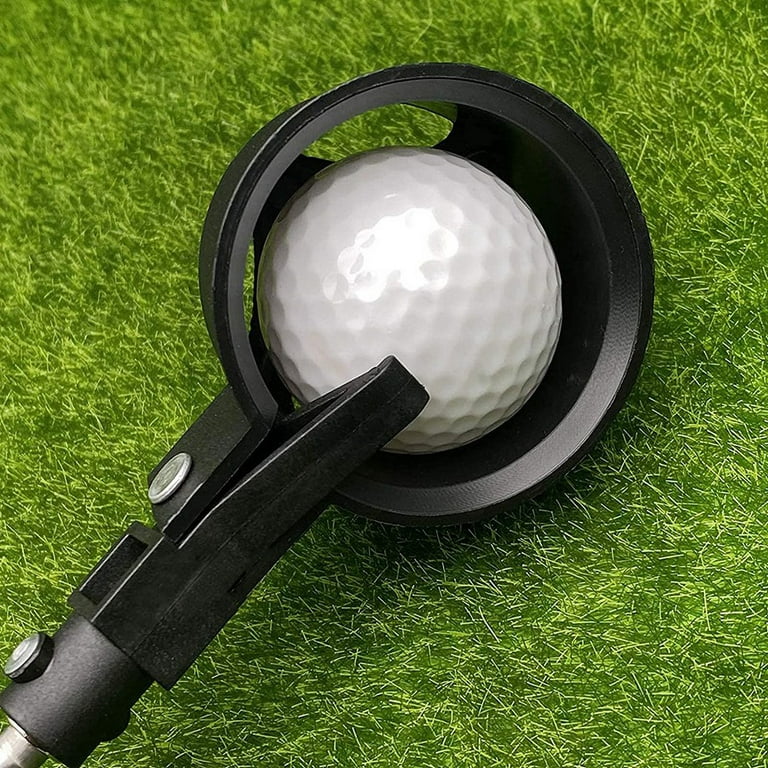
Mechanical Golf Ball Retrievers with Grabber Mechanisms
Mechanical golf ball retrievers take ball retrieval to the next level with their grabber mechanisms. These retrievers, including the ball retriever for putters, feature extendable arms and adjustable gripping strength.
The mechanical design provides precision and control during retrieval, making them suitable for various terrains. Understanding the proper technique for operating the grabber mechanism is crucial to preventing damage and ensuring efficient ball retrieval.
Water-Activated Golf Ball Retrievers
Navigating water hazards requires specialised tools, and water-activated golf ball retrievers are designed for this purpose. Floating devices and water-sensitive components characterise these retrievers, ensuring buoyancy and durability in wet conditions.
Golfers facing water challenges on the course can benefit from the unique features of water-activated retrievers, providing a reliable solution for retrieving balls from aquatic environments.

Golf Ball Scoopers
A golf ball scooper, another variation in the realm of golf ball retrieval, offers a different approach. These scoopers typically have a basket-like design that allows golfers to scoop up balls efficiently.
While not as extendable as telescopic retrievers, golf ball scoopers provide a hands-free solution for quick retrieval, especially around the green or putting area. Their compact design and ease of use make them a convenient choice for specific situations on the course.
Using the Correct Technique for Retrieval
Regardless of the type of golf ball retriever chosen, using the correct technique is paramount. For telescopic retrievers like the Callaway golf ball retriever, avoiding excessive force during extension and retraction is crucial to preventing damage to the telescopic poles.
Mechanical retrievers with grabber mechanisms require precise alignment for effective ball retrieval, emphasising the importance of controlled movements.
For water-activated retrievers, adapting techniques to the water environment is essential. Ensuring a smooth and controlled retrieval process prevents damage to both the retriever and the retrieved balls.
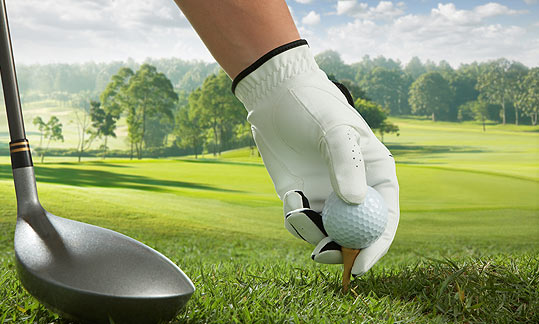
Understanding the limitations of each type of retriever helps golfers make informed decisions on the course, optimising their overall golfing experience.
Recognizing Retrieval Limits
Every golf ball retriever comes with its own set of limitations, and recognizing these limits is essential for effective use.
Telescopic poles have specific reach limitations, and understanding these ensures that golfers don’t attempt retrievals beyond the retriever’s designed capabilities.

Mechanical retrievers with grabber mechanisms have gripping strength considerations, and water-activated retrievers may have limitations based on water depth and conditions.
Being mindful of these limits prevents unnecessary stress on the retriever and promotes longevity.
Proper Care and Maintenance
To keep a golf ball retriever in top condition, proper care and maintenance are non-negotiable. Cleaning the retriever regularly to prevent dirt and debris buildup is fundamental.
Lubricating moving parts, such as telescopic poles and hinges, ensures smooth operation and prevents friction-related issues.
Regular inspections for wear and tear before each use allow golfers to identify potential issues and address them promptly. Storing the retriever properly in a cool, dry place prevents damage and extends its lifespan.
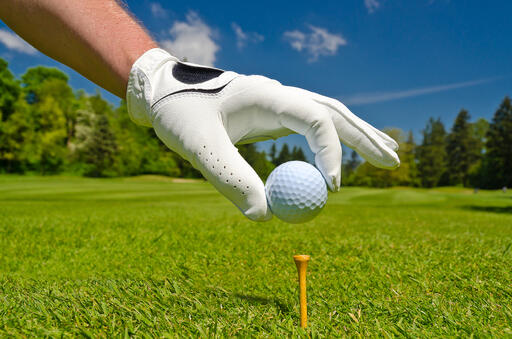
Avoiding Over-Reliance on the Golf Ball Retriever
While a golf ball retriever is a valuable tool, avoiding overreliance is crucial. Using the retriever as a last resort, not a primary option, encourages golfers to develop effective ball control skills.
Focusing on improving accuracy reduces the need for frequent retrieval, contributing to a more seamless and enjoyable game. By striking a balance between using the retriever strategically and honing fundamental skills, golfers can optimise their performance on the course.

Being Mindful of Surrounding Golfers
On the golf course, courtesy and etiquette play a significant role in creating a positive environment. Being mindful of surrounding golfers when using a golf ball retriever is essential.
Considering the safety of nearby players, avoiding interference during retrieval, and practicing good etiquette contribute to a harmonious golfing experience.
Clear communication with fellow golfers before retrieving a ball helps prevent surprises and fosters a collaborative and respectful atmosphere on the course.
Understanding Course Rules and Regulations
Every golf course may have specific rules and regulations regarding the use of golf ball retrievers. Familiarizing yourself with these rules is crucial for adherence.
Respecting the integrity of the game and fellow golfers involves following course guidelines related to retriever use. Adhering to any restrictions set by the golf course promotes a harmonious relationship between golfers and course management.
Choosing the Right Retrieval Time
Strategic decision-making extends to choosing the right time for ball retrieval. Assessing the urgency of retrieving a ball during a round and considering the impact on the pace of play are integral aspects.
Timing retrievals appropriately minimises disruption to the flow of the game. Golfers can strike a balance between retrieving a ball efficiently and being considerate of their playing partners, ensuring a seamless and enjoyable round.
Avoiding Unnecessary Risks
In the pursuit of retrieving a ball, avoiding unnecessary risks is paramount. Steering clear of risky manoeuvres in challenging conditions, prioritising safety over aggressive retrieval attempts, and knowing when to accept a lost ball are essential considerations.
Golfers can protect themselves, their equipment, and fellow players by making prudent decisions during ball retrieval scenarios.
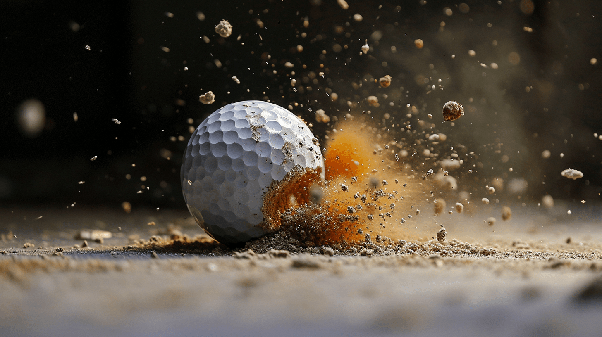
Incorporating Proper Communication
Communication is a cornerstone of a positive golfing experience, and it extends to the use of a golf ball retriever.
Communicating intentions to fellow golfers before retrieving a ball and alerting nearby players of retriever usage prevent surprises and promote a collaborative atmosphere.
Encouraging open communication on the course enhances the overall golfing experience for everyone involved.
The art of using a golf ball retriever goes beyond the mere act of retrieval; it involves understanding the nuances of different retriever types, employing the correct techniques, recognizing retrieval limits, and incorporating proper care and maintenance.
By avoiding common mistakes and making informed decisions on the course, golfers can elevate their game and derive maximum benefit from their chosen golf ball retriever, whether it’s a Callaway golf ball retriever, a ball retriever for putters, or a specialised golf ball scooper.
